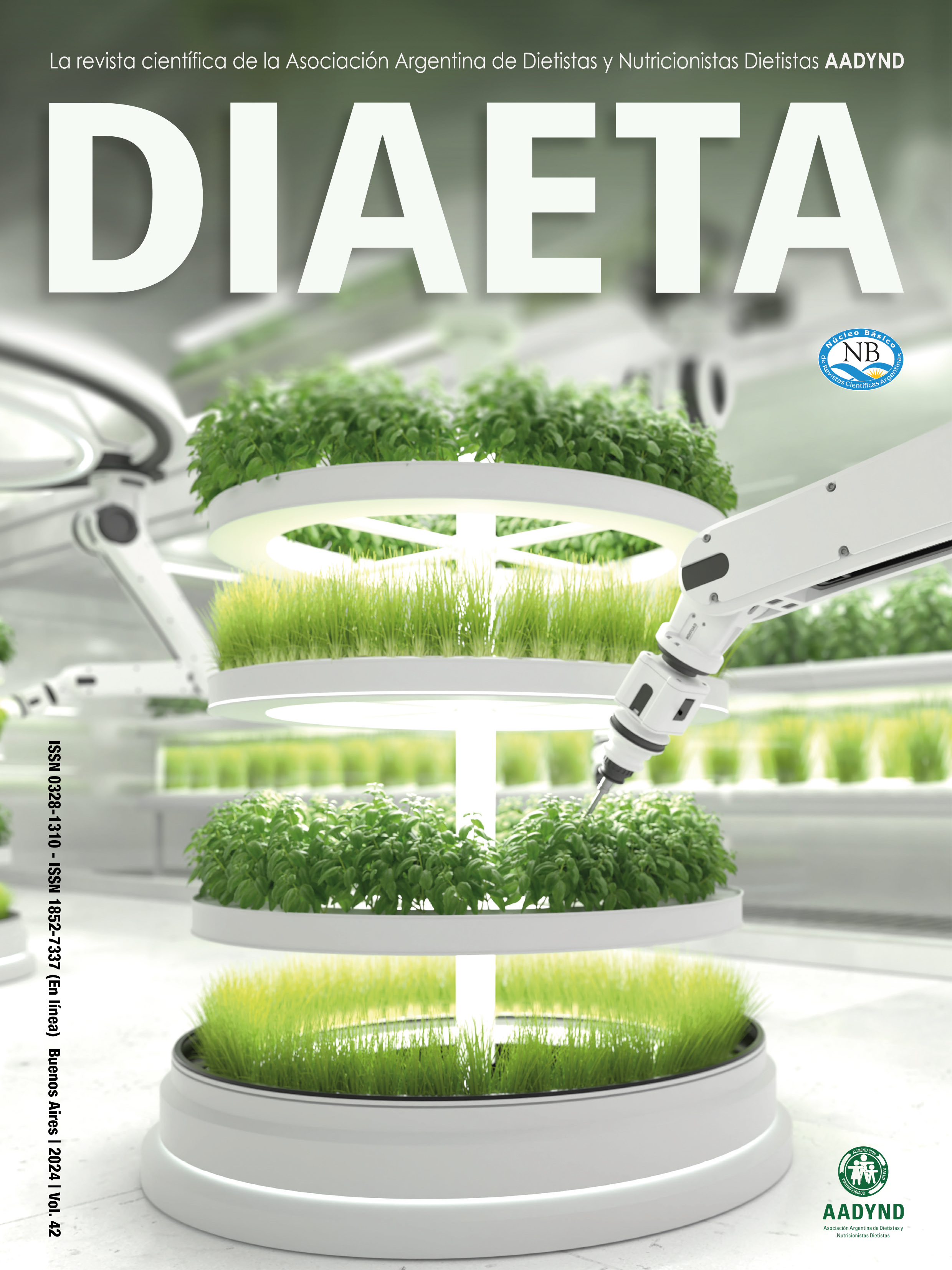Qualitative-quantitative analysis of the leftovers of the Food Service of a Private Hospital in the City of Buenos Aires
Keywords:
food loss and waste, food safety, food inspection, Argentina, food service, food costAbstract
Introduction: a hospital’s food service is an important source of food leftovers. Food waste has negative effects on the economy and the environment.
Objective: to perform a qualitative and quantitative analysis of food leftovers from a private hospital in the Autonomous City of Buenos Aires, Argentina.
Materials and method: descriptive, observational and prospective study, carried out in a sample of 551 food leftovers during 34 days. The leftovers were analyzed according to recipients (hospitalized people, authorized personnel and people with celiac disease), food groups, quantity and use (total leftovers, reused and discarded) and reason for generation.
Results: an average of 28.9 kg of leftovers per day was obtained, of which 20.6 kg (64.2%) were reused in the menu of authorized personnel. The food groups with the highest frequency of leftovers were vegetables (38.4%) and cereals (27.4%). The highest amount of discarded surplus per day was observed in the cereal group with a value of 3.1 kg (95% CI 2.2, 4.0). The average total daily cost of leftovers was 69.37 USD (95% CI 58.51; 78.84), of which 51.09 USD (95% CI 58.51; 78.84) were reused.
Conclusions: more than half of the total leftovers were reused. The group with the highest amount of discarded leftovers was cereals, although the meat group generated higher costs. Despite the significant cost of total leftovers, most of it could be reused, reducing economic losses.
Downloads
Published
How to Cite
Issue
Section
License
Copyright (c) 2024 DIAETA

This work is licensed under a Creative Commons Attribution-NonCommercial-ShareAlike 4.0 International License.









